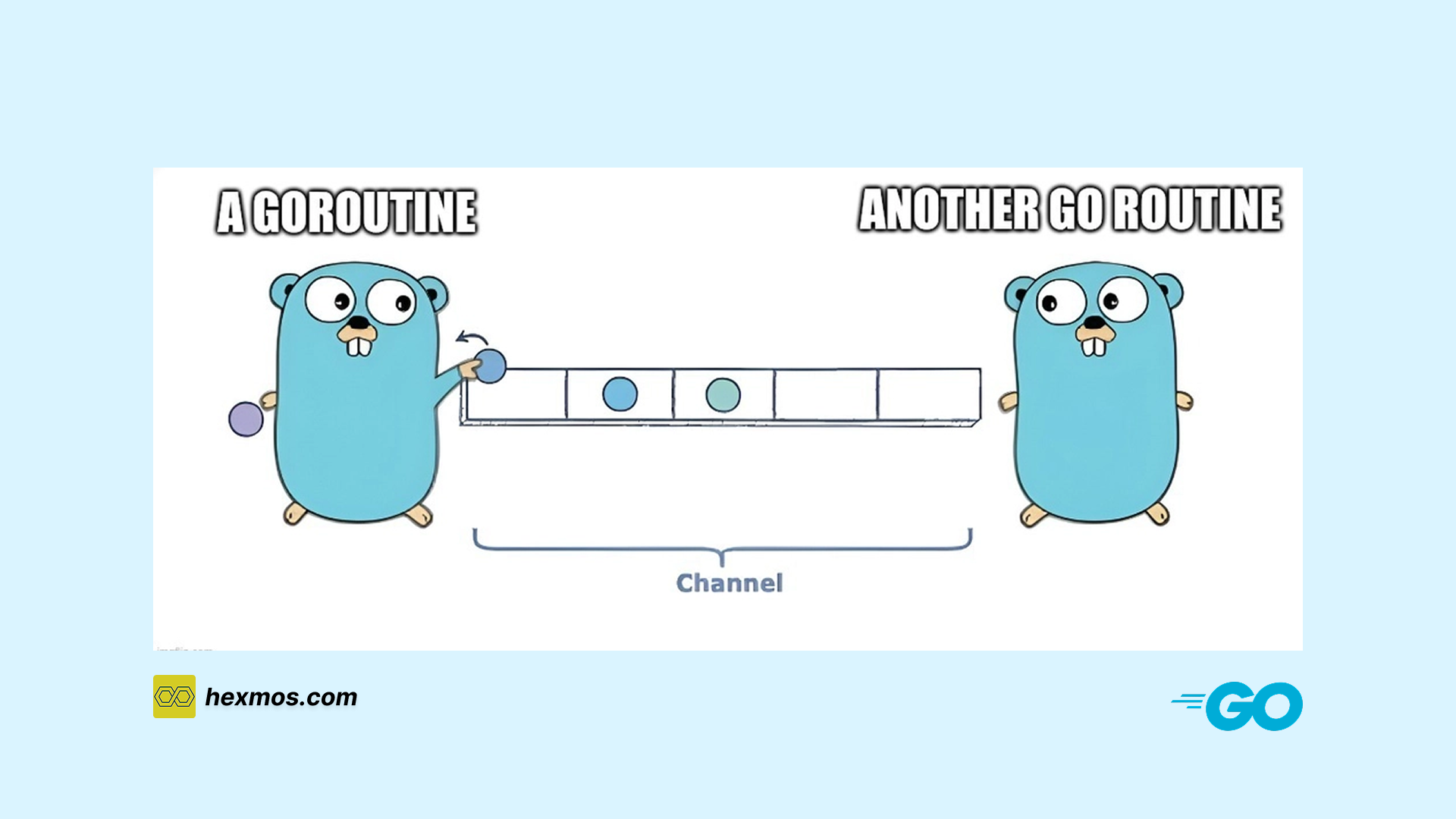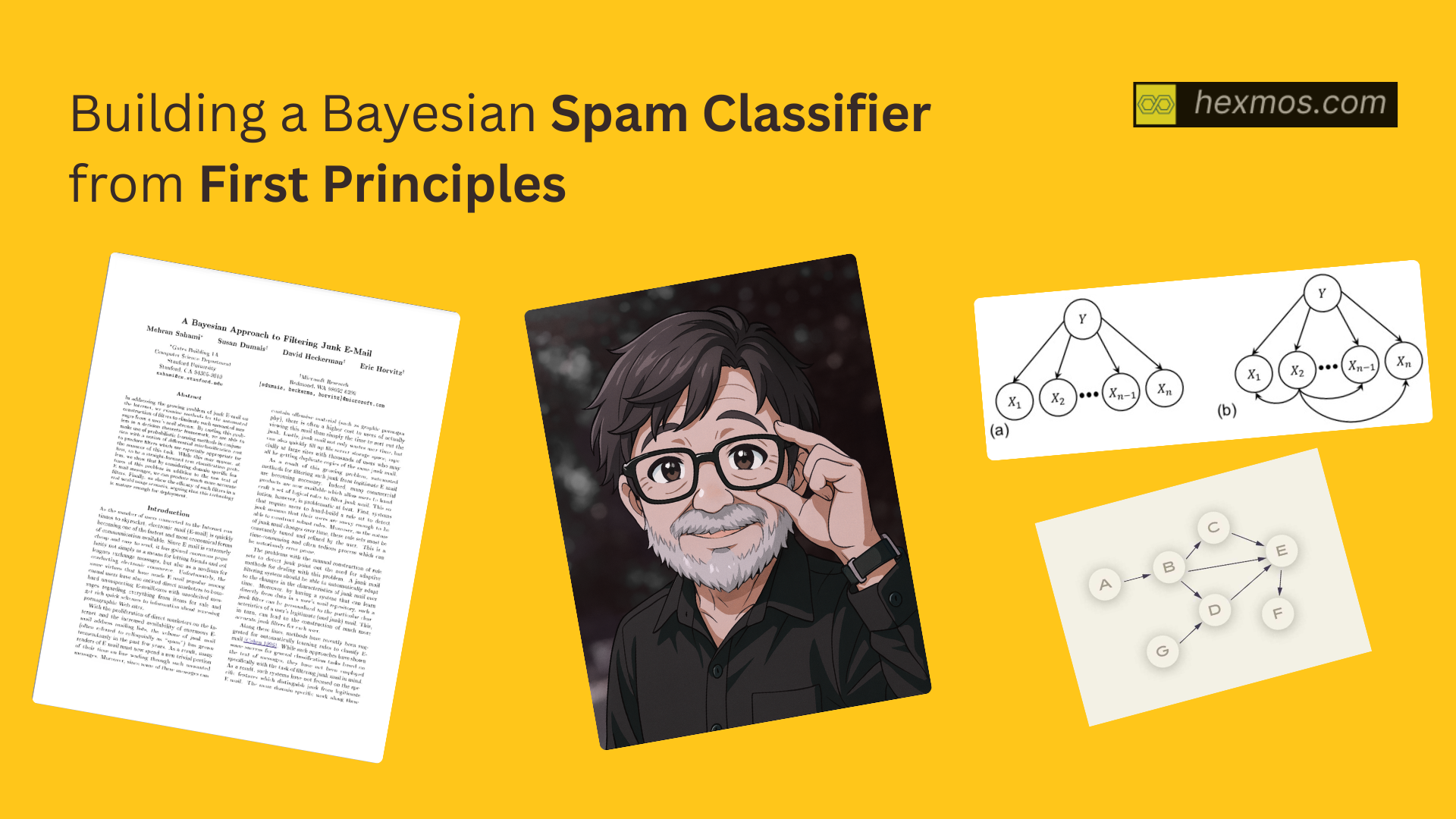The Mechanics of Mental Concentration: A Deep Dive

"The characteristic of distractions is that they are many. But the characteristic of concentration is that it is one"
In this article, I aim to explain my current understanding of the human phenomenon often known as "mental concentration". Consider it as my present understanding of the matter, based on readings, discussions, and life experiences. Moreover, I understand that some of my conclusions and reasoning might be challenging to accept or comprehend, given the enigmatic nature of the topic. I encourage further discussions and interactions if you have questions or if certain aspects remain unclear to you.
An informal exploration
Why concentration matters
When one is distracted, it is difficult to form even one sensible sentence. When one is concentrated, it is possible to generate many hours' worth of flowing sentences without any breakage. Forming sentences is a common example of "consciousness in action". One can think up any number of activities that go better with higher concentration -- performing music, writing code, maintaining proper posture, and so on. Some activities, such as rock climbing without equipment, demand full focus; a moment of distraction may mean death. Therefore, concentration may very well be at the root of realizing the entirety of human potential.
Concentration = Absence of Distractions
One can also define concentration as an absence of distractions. However, the definition is in the form of via negativa, which is not as helpful as having a direct definition of concentration. Such a definition leads to a sort of circular question - "What does distraction mean and entail?"
Concentration 'Flows'
It seems like the idea of concentration has much to do with the conscious, the subconscious, and the unconscious parts of the mind. A concentrated mind means the conscious process is in charge. "I" can see the contents of the stuff "I" am thinking about. There is some sort of visibility to the contents of the mind. It is also possible to witness changes to the contents of the mind as it happens. In concentration, the subconscious and unconscious parts provide intermittent suggestions but do not disrupt the conscious process. Concentration is a smooth and harmonious flow of conscious process.
Aside: Language and Consciousness
Coming back to the specific problem of language, Dirac had a wonderful sentence related to writing: never start a sentence until you know how you are going to end it. Lee Kuan Yew once stated that one must first know what one wants to say, only then is it possible to provide the idea a linguistic expression. George Orwell too made a similar statement. Pythagoras said something to the effect that a sentence is merely an idea in transmission. If communication was war, then the ideas one has would be a quiver of arrows, whereas a sentence would be an arrow in motion toward the target.
Circularity of thought
The sentences we generate get fed back into the subconscious and the unconscious eventually. Traces of thinking become part of the deeper mental machinery. If one is in the habit of formulating incoherent thoughts and sentences, then over time the subconscious and the unconscious will follow suit. Such deep incoherence in turn will lead to incoherent actions and disastrous external results.
Consciousness: A Delicate Process
Our life as a whole, is what the mental machinery ends up doing in its lifetime. Most parts of the mental machinery are invisible to the part that says "I". The conscious process can become disturbed either through external or internal events. A truck hits you, the conscious process gets interrupted. An irrelevant thought pops up from the subconscious, the conscious process gets interrupted. Therefore, concentration is an extremely delicate process, subject to interruptions. Therefore, a clear definition of distraction is interruptions to the conscious process, either from external or internal sources. In turn, concentration means, a lack of disruptions to the conscious process, either from within or without.
In the rest of the article, I will try to present these ideas in a more formal framework called the Zone of Concentration.
The Precarious Thread of Consciousness
7±2 "chunks"
Miller's studies have shown that we can keep 7±2 "chunks" of information at any time, within the conscious process. The chunks we can keep within consciousness are like the registers in a CPU. The chunks are limited, short-term, changing, yet extremely precious.
Language is a presentation device
The chunks of information taken together tend to give life to our distinguishable thoughts, ideas, and emotions. We must see an underlying idea separately from a word or a phrase. Our linguistic machinery is at least in part, a presentation device. It takes the varied images, sounds and sensations in the collection of chunks, and translates them into an artifact other people can understand.
Identity component can see itself (self-reference)
While the chunks tend to be ever-changing, another common experience is of the "I". The "I" seems to be something that's able to partially "look at" the chunks, the linguistic machinery, and other parts of the mind. Another interesting property is that "I" can see itself; that is, "I" is self-referential. So, "I" is aware of the chunks and is also aware of itself, at least partially. We can represent the conscious process as follows:

Identity Influences the "feed" of Consciousness
It is worth noting that the identity component "I", seems to have the power to influence the types of material that get loaded into chunks that eventually get translated into sentences (and various other human activities). So, depending on its state, the "I" is capable of approving or disapproving various ideas and thoughts built up based on the chunks. Think of the thoughts you are having as a YouTube feed; the "I" component can like/dislike particular videos to tweak the recommendation algorithm. Therefore, "I" has a profound influence on the type of stuff that gets played on the screen of consciousness.
The Conscious Thread is Under Threat
The thread of consciousness is always in a precarious position, threatened with all sorts of potential interruptions. Not all interruptions are bad, some could even save your life (Like a companion alerting - "Hey, there's a tiger heading towards you!"). In the modern world though, most interruptions are likely to be of the destructive kind.
Input 1: The depths of mental machinery
Solutions emerging "out of nowhere"
The chunks, or the materials within the conscious process must emerge from somewhere. The reports of many great scientists and artists allude to breakthroughs emerging "out of nowhere". It seems highly unlikely that the wide range of human accomplishments popped up merely because of the limited conscious process. Various scholars from various disciplines have invented all sorts of terminology for the idea of the "background processing" phenomenon. However, Freud's idea of the subconscious (and the closely related unconscious) seems like the most popular representation of the lot.
Difference between Subconscious and Unconscious
The subconscious is roughly the short-term to long-term translation process, for storing experiences, thoughts, and ideas in memory. Unconscious processes are the deep creative processes that may rearrange, extend, amend, and consolidate memories and experiences. Often, people report struggling with a problem before sleep and waking up in the morning with a good solution. The conscious struggle is transmitted to storage and processing by the subconscious. And such stored "problems" are processed by unconscious processes.
We can represent the underbelly of human consciousness as follows:

Mental Depth is a Double Edged Sword
These hidden processes are not necessarily helpful. They tend to spit out all sorts of chunks into the conscious process, causing undesirable interruptions. For the conscious process to perform effectively, it requires time, since the throughput is so low (7 ± 2 chunks). However, insubordinate subconscious and unconscious can wreak havoc and destroy the utility of the conscious process.
Input 2: The vast universe
Montessori's Insight: The Environment Rules
Montessori figured out that children by default tend to absorb the environment they find themselves in as it is. The child is usually incapable of questioning the quality of incoming stimuli, and its veracity. Therefore, the early environment provided to the child determines the nature of its subconscious and unconscious.
Culture inhibits, suppresses and engenders biases
As adults, the individual is always worrying about what others think - that is most tend to become trapped in surrounding society and prevailing cultures of the time. The unfortunate aspect of many cultural rituals and societal mores is that they wreak havoc with the free progression of the conscious process.
The Universe Biases for Survival and Reproduction
Through censoring, forceful redirection, and dogmatic imposition of education for decades, the individual becomes incapable of exercising the conscious process profitably. Moreover, the universe itself instills a strong orientation towards survival and reproduction challenges to the individual. The genes do not always cooperate with the exercise of the conscious process as well.
The result of continual onslaught from the environment, society, culture, and the universe, many times the conscious process becomes overwhelmed and incapable of proceeding in an unfettered manner.

Output: Coherent vs Incoherent
Fruits of Consciousness is Seen Scarcely
Despite external and internal inputs overwhelming the conscious process, there is still the possibility of something coherent coming out of it. Human history shows wonderful works of prose, mathematics, science, music, and art, which demonstrates that the human consciousness is capable of producing wonderful results. At the same time, for the vast majority of the human population, for the larger chunks of their lifetime, the fruits of consciousness seem out of reach.

Incoherence Translates into Painful Results
Instead of producing beautiful viewpoints and visions, most humans seem haunted by confusion, misunderstanding, and disorder within themselves. Due to such internal conditions, often we find that the results do not match the intentions of the individuals. Also, we find that the actions of people rarely match their words.

Perspective and The Magnitude of Identity
A key point to acknowledge here is "Who is seer of the scene that is produced?" In this case, I consider the "I" component to be seeing the products of a conscious process. The more coherent and sensible a person's viewpoint is, the more likely the sense of "I" is minimized. And when the conscious products are of a disturbed quality, the sense of "I" will also be very strong. Disorder and dominance of "I" go together. In the picture that follows, we can see a scale that starts with a child and ends with a scholar/philosopher/scientist Newton. In the "perspective" of the child, its survival is of the highest importance. As the individual matures, and the coherence of viewpoint increases, we see less importance given to personal things, and seeing things from a grander perspective.

The Zone of Concentration Framework
I will try to summarize the whole framework into a memorable analogy here.
Subconscious + Unconscious = Ocean
Think of the subconscious and unconscious as the depths of a vast ocean. An enormous amount of material has been accumulated within it, it is a great force in nature. This is the first input to consciousness.
Conscious Process = Waves
Imagine the conscious process to be the waves flowing over the depths of the ocean. The waves are partly the result of the underlying depths in the ocean. The wave or consciousness is the central process of dynamism.
The Environment = Universe
However, consciousness is also influenced by the universe in general, the culture, society, and the environment upon which it takes place. Therefore, the waves or the conscious are also influenced by the larger environment. Therefore, the universe is the second input to consciousness.
Identity "I" Component = Ship Navigating the Waters
Then we have the observer, the "I" component, which is capable of participating in the conscious process but also able to take a distanced view and "see" what's happening up to an extent. Think of the "I" as a ship floating in the vast ocean of subconscious, unconscious, and moving waves, and the universe all around it.
Coherent vs Incoherent Outcomes = Views from the Ship
The "I" is a small thing, but due to its limited nature, especially due to the limits of the conscious process, it sees very little of the world at a time. And most of the time, it is drowned in the noise of the waves, barely able to balance itself. However, there are moments when it situates itself in a calm sea, capable of forming majestic viewpoints.
The Framework in a Nutshell
In a nutshell: we have 1 process, 1 observer, 2 inputs, and 2 outputs making the magic of life happen. If these elements cooperate nicely, we see wonderful things produced such as science, mathematics, art, and music. We find coherence and harmony in life.
I've put together the entire framework in a single picture for quick remembrance. You can open the image in a new tab to zoom in and see all the elements.

Practical Implications from the Framework
- In the conscious process, expect noise and disorder to be the norm, and balanced viewpoints and perspectives an exception
- The zone of concentration when attained is easily threatened by both internal and external sources
- When the "I" component looms large within the mental frame, conclude that there is a misunderstanding; that things are seen from a faulty perspective.
- All the components mentioned above influence one another in various ways: interconnectedness is a fact of life. Thought influences the universe, and the universe influences thought in return. Thought is spread out across civilization and time.
- The conscious process has a low throughput for processing new information, but it is the gateway to the powerful subconscious and unconscious. For the mind to function effectively, both have to work together.
- Science, mathematics, and art are the results of great perspective within human consciousness; we must cherish them, and associate with them more to have a wonderful experience with consciousness.
Read more, learn more
While I can go on and on about the topic, as of now, I recommend the following people and works for you to explore:
- Marvin Minsky's The Society of Mind and The Emotion Machine
- Various works on consciousness by Matthieu Ricard; He provides the Buddhist perspective on consciousness. The Quantum and the Lotus is a good start.
- David Bohm's Thought As a System and On Dialogue.
- Shankaracharya's Advaita and related works. Recommend seeking derivative works to get the gist of the matter.
- Alan Kay's ideas on learning and teaching




